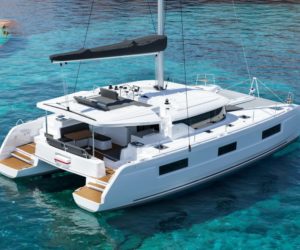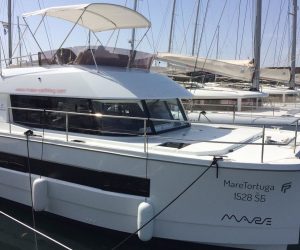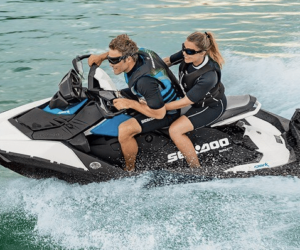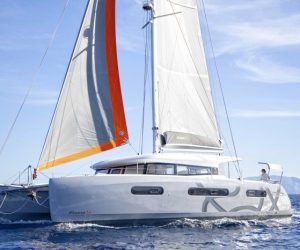Yacht charter in Istria
Tips for your first yacht charter in Croatia

1. Plan your route in advance
Good planning is the be-all and end-all for a successful yacht charter. Find out about the most popular routes and harbours. Some of the most popular destinations are:
- Split: Start your trip in Split, a city with an impressive history and lively nightlife.
- Dubrovnik: The ‘Pearl of the Adriatic’ offers a fascinating old town and picturesque views.
- Hvar: This island is known for its luxurious resorts and exciting nightlife.
- Korčula: Discover the supposed birthplace of Marco Polo with its charming alleyways and historic sights.
2. Choose the right yacht
Choosing the right yacht depends on various factors, including the size of the group, budget and sailing experience. There are different types of yachts that you should consider:
- Sailing yachts: Ideal for those looking for an authentic sailing experience.
- Motor yachts: Perfect for fast travelling and luxurious comfort.
- Catamarans: Offer more space and stability, ideal for families or larger groups.
3. Pay attention to the season
The best time for a yacht charter in Croatia is from May to October. During these months, the weather conditions are ideal for sailing. The high season (July and August) offers the best weather, but can also be crowded and more expensive. The low season (May, June, September and October) offers calmer waters and fewer tourists.
4. Required documents and licences
Make sure you have all the necessary documents and licences. To sail a yacht in Croatia, you need a valid sailing licence (e.g. a recreational boating licence) and a radio operator’s certificate (SRC). Make sure that your documents are up to date and valid.
5. Pack wisely
Remember that space on a yacht is limited. Pack light and take only the essentials. The essentials include:
- Sun protection (hat, sun cream, sunglasses)
- Lightweight, breathable clothing
- Swimwear and towels
- Non-slip shoes
- Medication and first aid kit
- Waterproof pockets for valuables
6. Provisions and suppliesc
Before setting off, you should stock up on sufficient provisions and water. Many marinas offer shopping facilities, but it is advisable to buy basic food and drinks in advance. Also consider local markets along your route to buy fresh produce.
7. Safety precautions
Safety has top priority. Familiarise yourself with the safety precautions on board and practise emergency manoeuvres. Make sure that everyone on board knows how to use life jackets and where the safety equipment is located.
8. Respect the environment
The Croatian coast is a valuable natural heritage. Be careful not to throw rubbish into the sea and respect local regulations to protect the environment. Avoid anchoring in protected areas and adhere to the guidelines for the protection of marine flora and fauna.
9. Local customs and culture
Croatia has a rich culture and history. Respect the local customs and traditions. Learn some basic Croatian expressions to communicate with the locals and show respect for the historical and cultural sites you visit.
10. Enjoy the journey
Last but not least: Enjoy your trip! A yacht charter in Croatia offers the opportunity to discover breathtaking landscapes, hidden bays and charming coastal villages. Leave the stress of everyday life behind and immerse yourself in an adventure at sea.
Our summary
With these tips, you are well prepared to make your first yacht charter in Croatia an unforgettable experience. Set sail and enjoy the beauty of the Adriatic coast!
We will also be happy to advise you on finding the right yacht for your charter – simply contact us by phone or email!






























